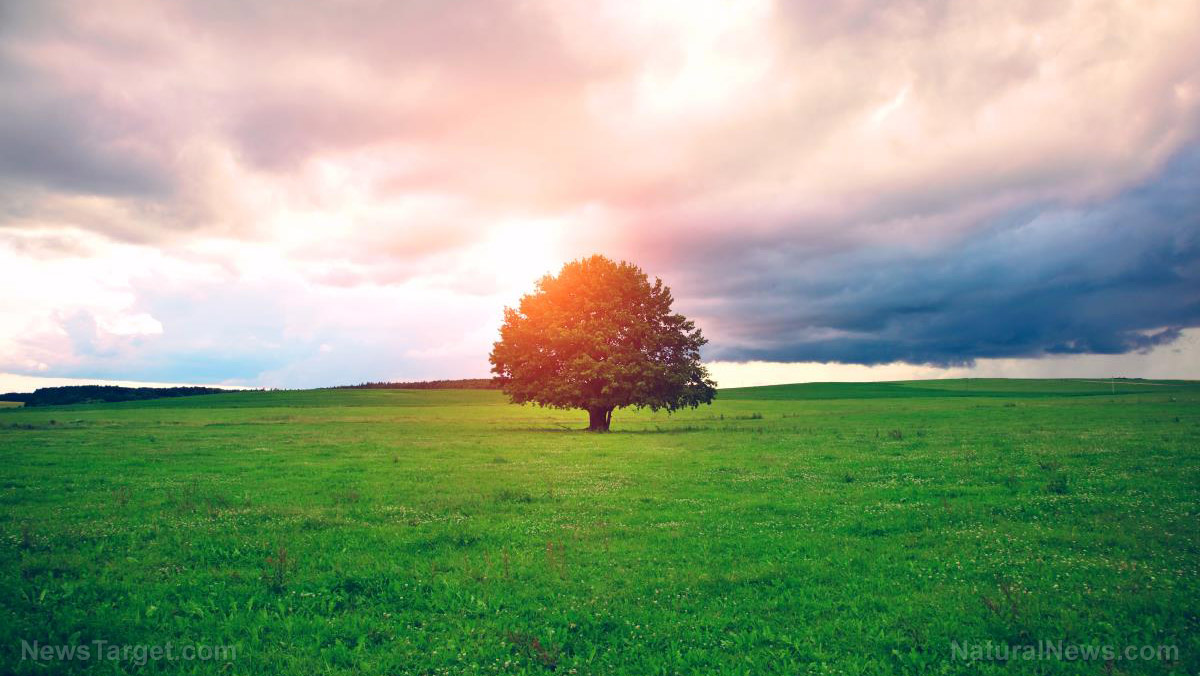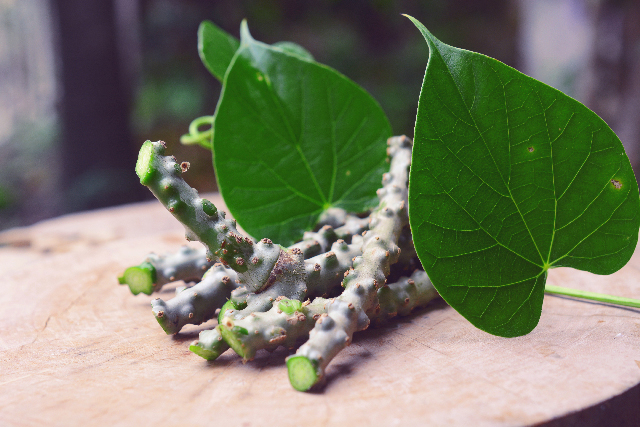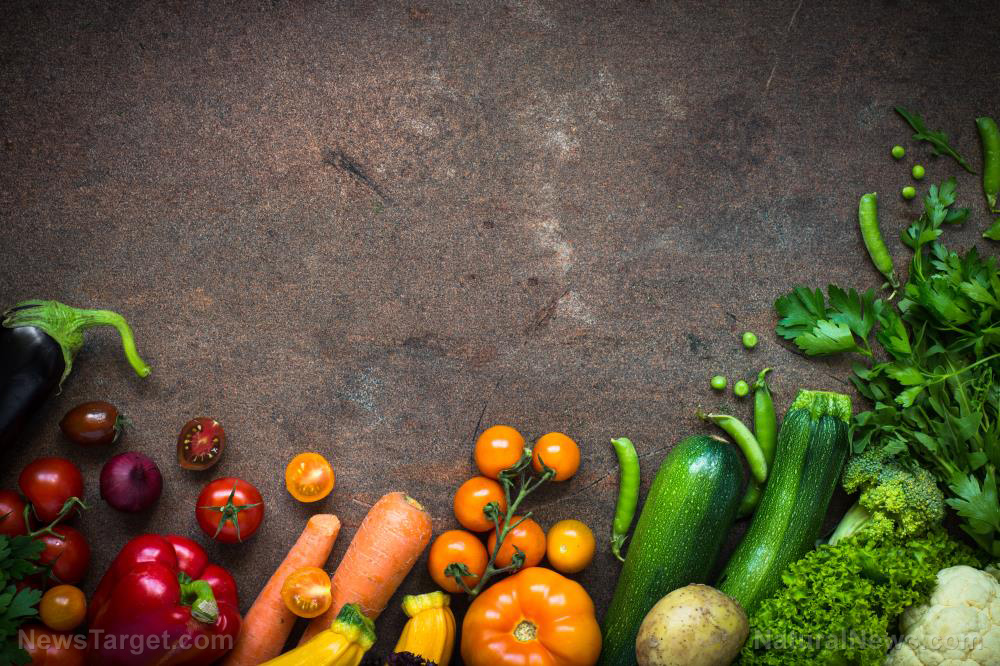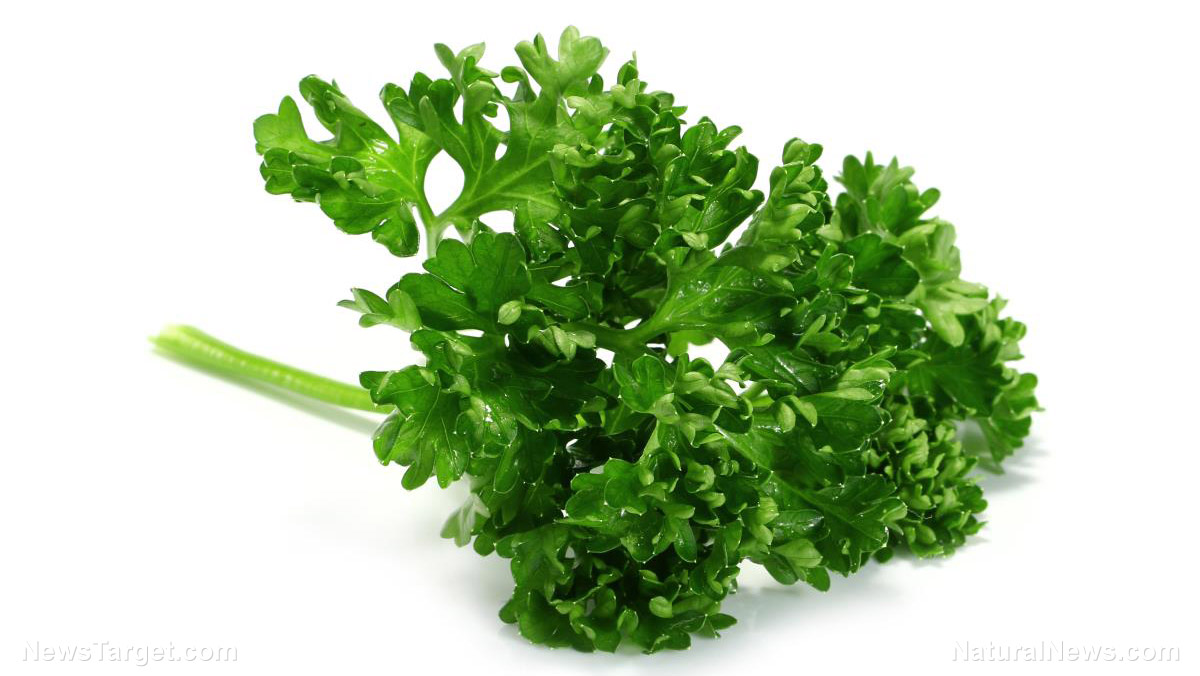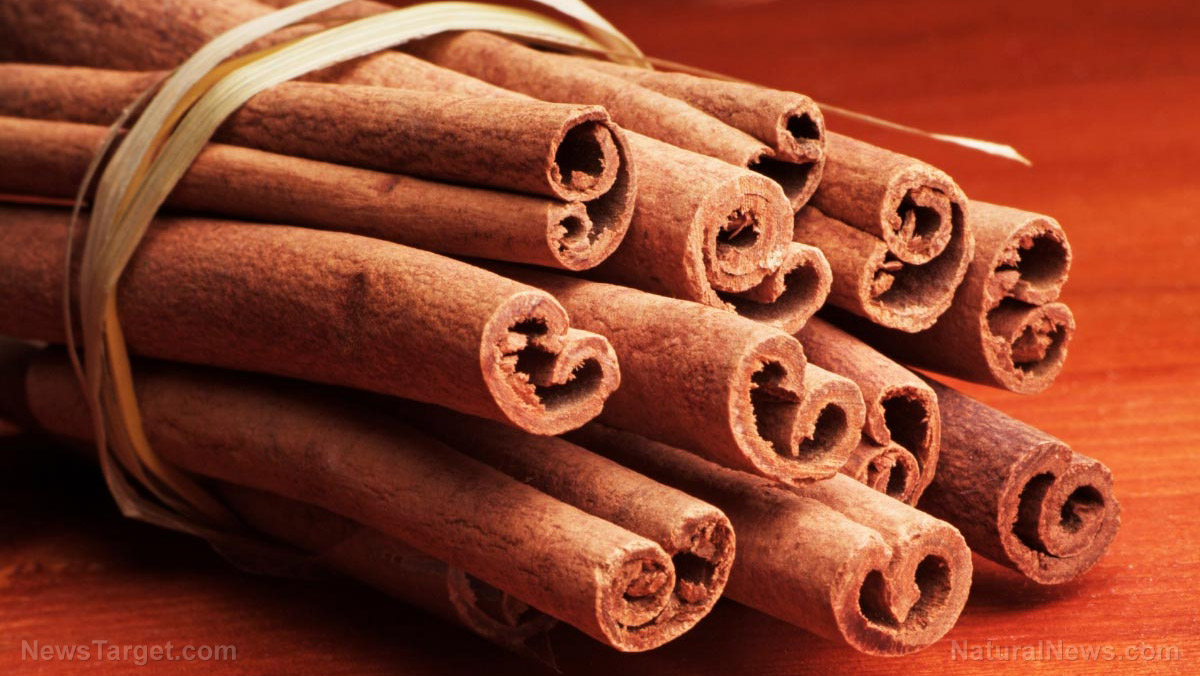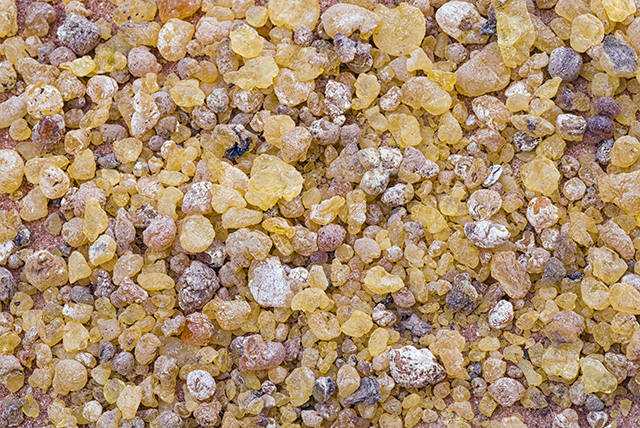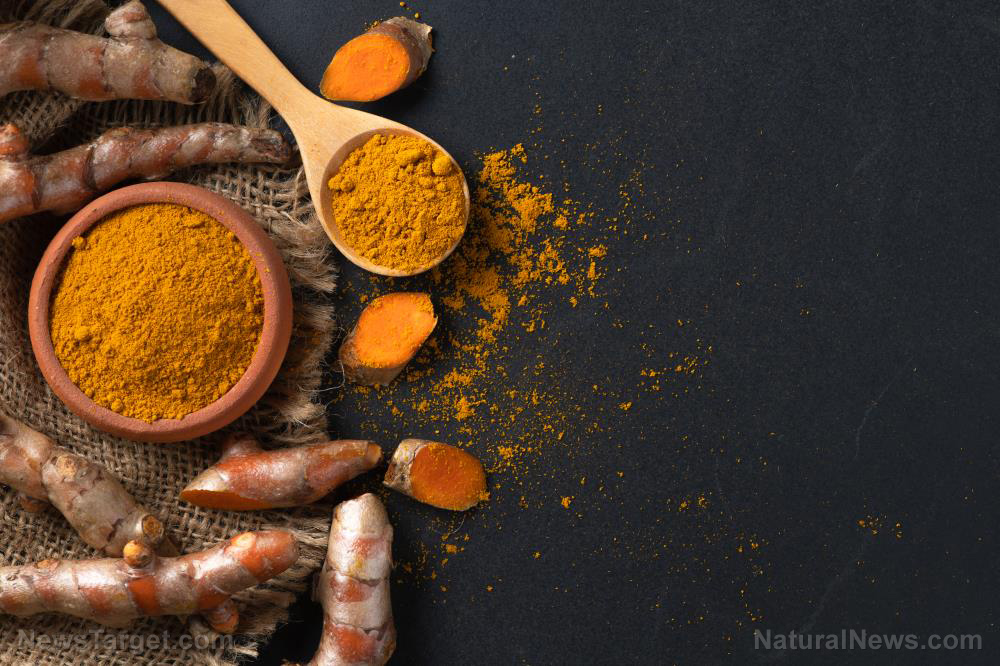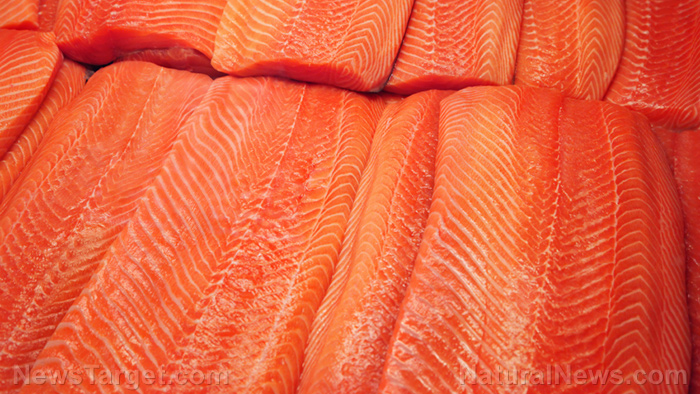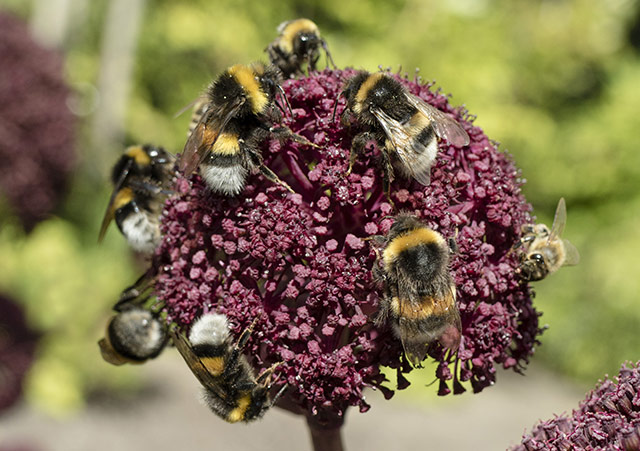Sweet remedy: Tualang honey is a powerful cancer-alleviating agent
07/26/2018 / By Rhonda Johansson
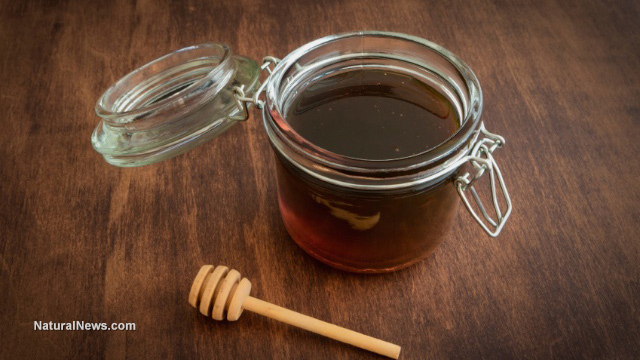
It would do us well to be like Pooh and eat more honey – of the Malaysian variant, that is. Tualang honey, a multi-floral Malaysian jungle honey, has been found to have potent anti-cancer effects, particularly in the formation of breast tumors. Researchers have found that the dark, raw honey induced apoptosis (cell death) in breast cancer cells and modulated various hematological parameters. This synergistic effect makes Tualang honey a highly recommended, safe, and delicious natural treatment for cancer.
For the purposes of this study, 50 nulliparous female rats were grouped into one of five groups: control (healthy, normal rats), group 1 (untreated rats), group 2 (daily doses of 0.2 g/kg body weight of honey), group 3 (1.0 g/kg body weight of honey), or group 4 (2.0 g/kg body weight of honey). Rats in groups 1 to 4 were induced with 80 mg/kg of 1-methyl-1-nitrosourea (MNU). Groups 2, 3, and 4 began their treatment one week after being induced with a tumor. The treatment was continued for 120 days.
The results were astounding. Rats in the treatment groups displayed a significant difference in:
- Tumor progression (75.3 days vs. 51.5 days);
- Tumor incidence (76.6 percent vs. 100 percent);
- Multiplicity (2.5 masses per rat vs. 4);
- Size of tumor mass (0.41 cm vs. 1.47 cm); and
- Weight of tumor mass (1.22 g vs. 3.23 g) compared to those in both the control and untreated groups.
Rats in the treatment groups likewise displayed higher pro-apoptotic proteins.
Authors of the study observed that Tualang honey alleviated breast carcinogenesis by modulating hematologic, estrogenic, and apoptotic activities of breast cancer cells.
The results of the study were published in BMC Complementary and Alternative Medicine.
Delicious medicine
Chances are you’ve never heard of Tualang honey. It’s not generally sold in grocery stores but you can source a jar for your own if you take the time and effort to look for it. We suggest that you do, considering it offers a plethora of health benefits.
Tualang honey is widely loved in Malaysia, in part because it’s hard to get. People put their lives on the line to harvest it. This is because the bees that make this type of honey build their nests in the branches of tall Tualang trees that can grow as high as 289 feet. Asian honeybees (incidentally the largest honeybees in the world) make large parabolic-shaped honeycombs which hang from the Tualang trees. A single Tualang tree can hold up to 100 hives, for a combined weight of up to 992 pounds of honey.
Honey-hunters brave the height and the (very) aggressive bees because Tualang honey may be one of the best varieties out there in terms of medicinal benefits. Scores of research have suggested that this type of honey has high amounts of antioxidants, anti-inflammatory agents, antibacterial compounds, and other phytochemicals that support your immune system. As this study has pointed out, Tualang honey also finds its use in tumor reduction and may even support cardiovascular health by removing free radicals in the body.
In Malaysia, Tualang honey is taken as a daily health tonic by mixing a teaspoon of the substance in water.
Widen your honey horizons
There are so many varieties of honey, it’ll take several more articles to cover each of them extensively. Take this home with you though: The color and flavor of honey depend on the nectar source visited by the honeybees. Honey can range from nearly colorless to dark brown and its flavor can vary from sweetly mild to distinctly bold. As a rule of thumb, light-colored honey is milder in taste and dark-colored honey is stronger.
Whichever variety you prefer, remember that we wouldn’t be with this natural healing superfood without the incredible bee. Read more ways we can protect them at Bees.news.
Sources include:
Tagged Under: breast cancer, cancer, food as medicine, honey, natural cures, natural medicine, natural remedies, tualang honey, women's health

